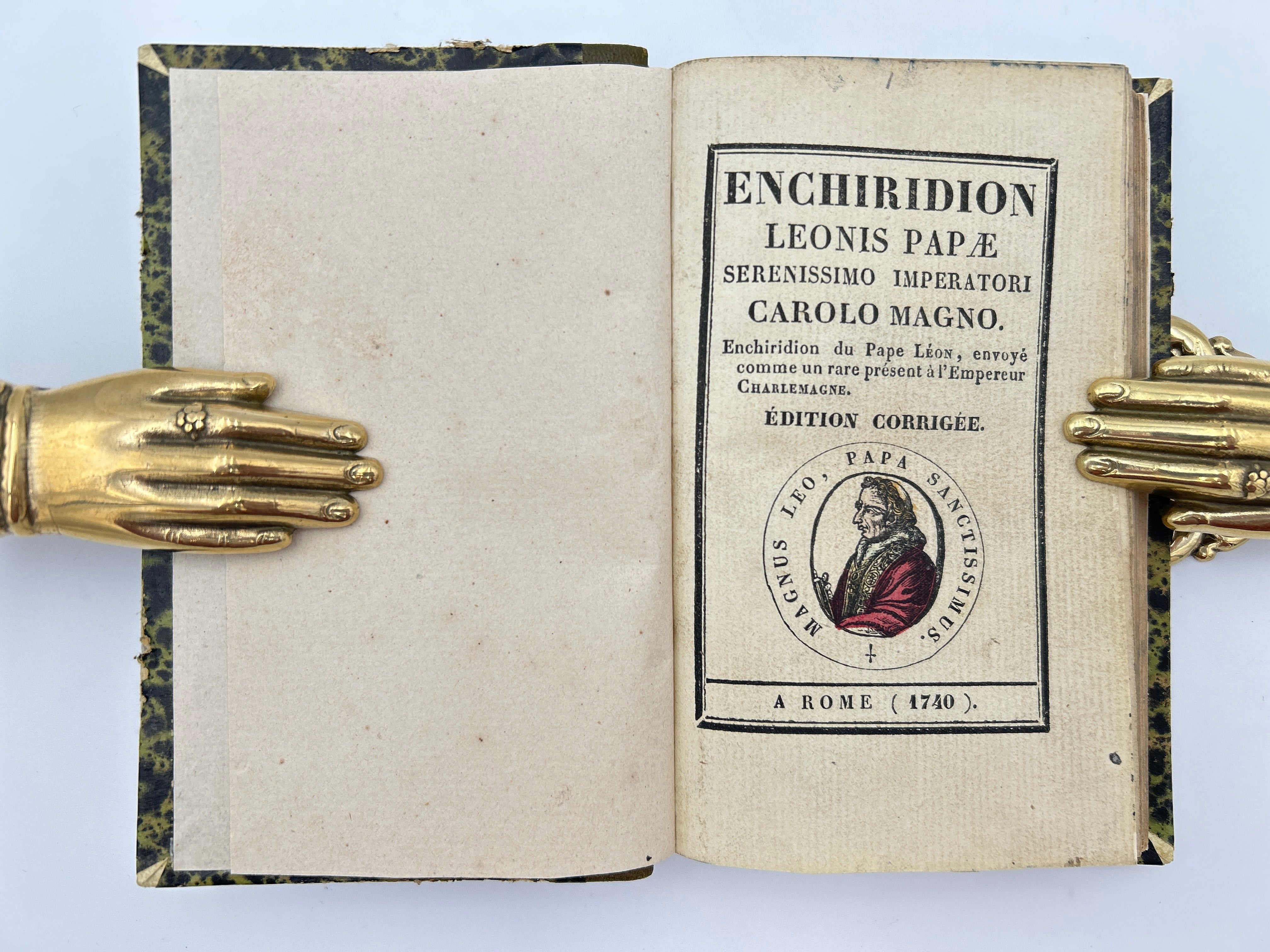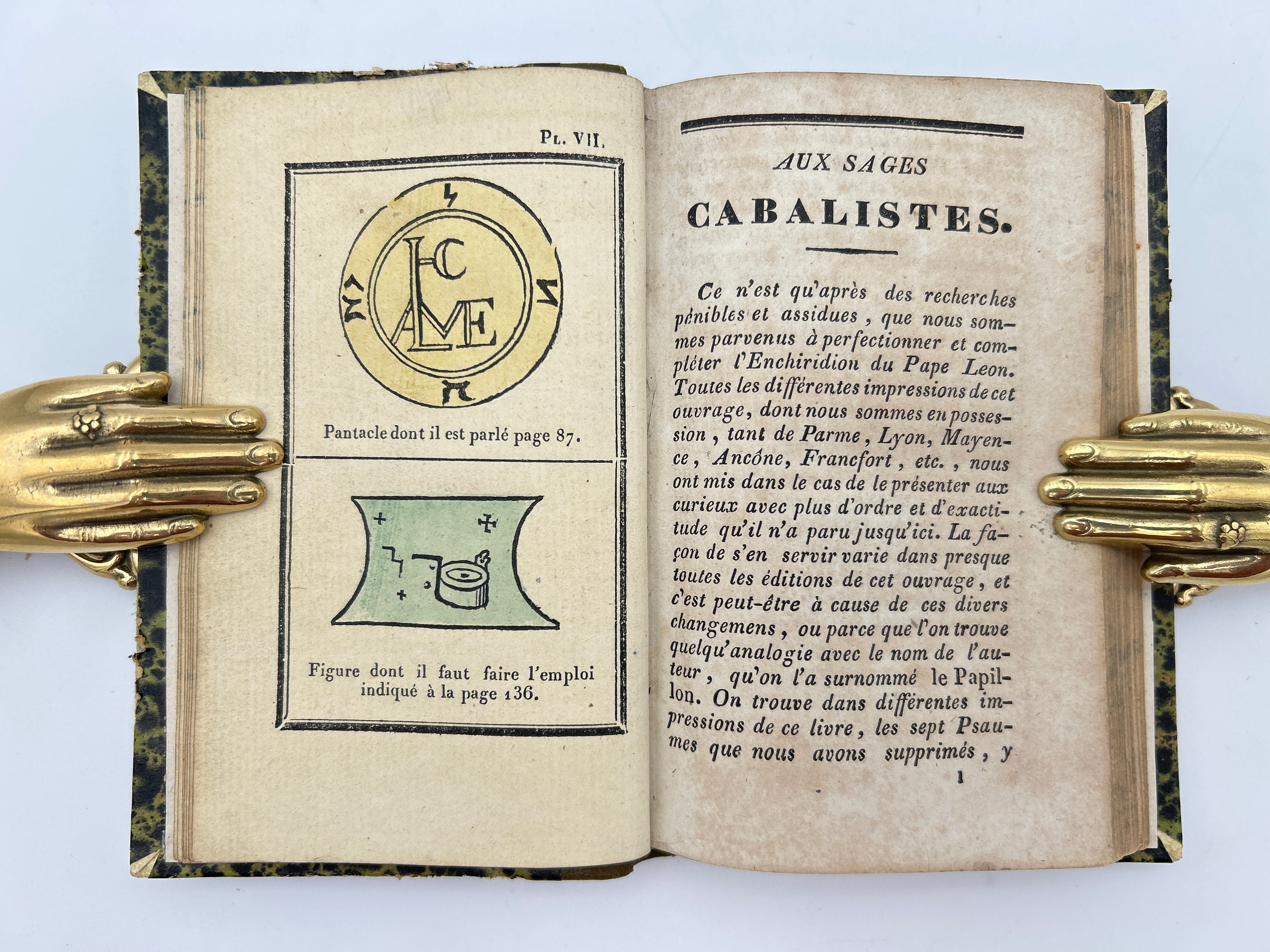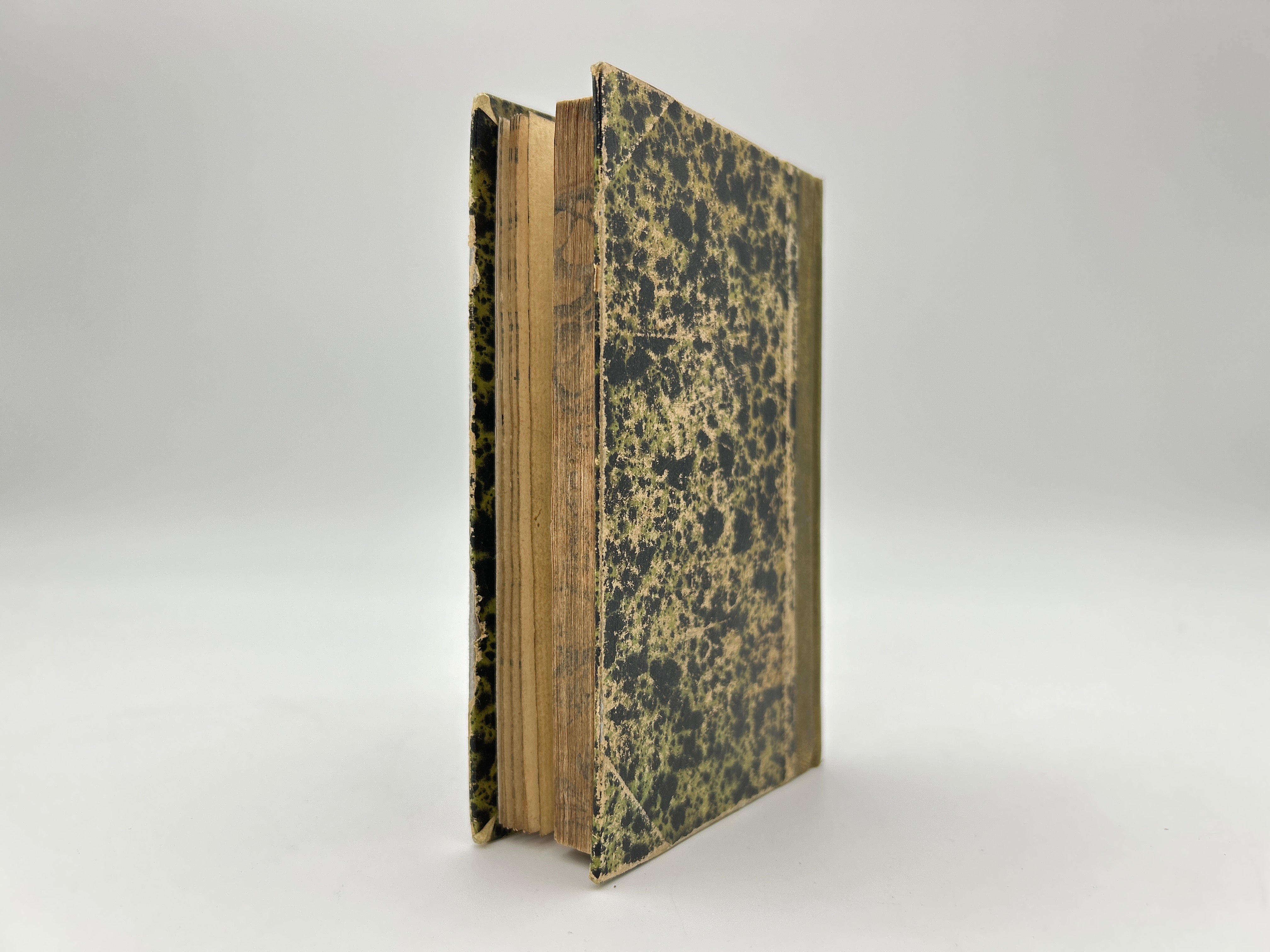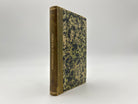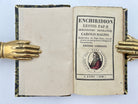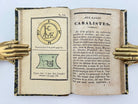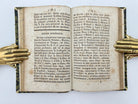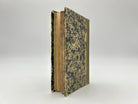Grimoire: Enchiridion of Pope Leo to the Emperor Charles the Great
Couldn't load pickup availability
5RR, Enchiridion of Pope Leo to the Emperor Charles the Great, 1740. 19th century printing. In French.
Notes
Grimoires are books of magic, often containing instructions on performing spells, rituals, and invocations, as well as detailed knowledge of astrology, alchemy, and other occult practices. They have played a central role in Western esotericism and occult traditions for centuries. The term "grimoire" is often associated with a practical guide to the occult arts, and the contents of grimoires may vary widely, including magical symbols, prayers, and procedures for communicating with supernatural entities, especially spirits or angels. Historically, grimoires were used by magicians, witches, and practitioners of the occult to gain power, knowledge, or divine favor, often blending religious elements with folklore and arcane teachings
More of a religious talisman, it would supposedly grant divine protection against all evils to whom ever carried it and read it aloud each each day. The chapters contain quotations from the Gospels, litanies of the Saints, and writings of Jerome and Augustine.
The Enchiridion of Pope Leo to the Emperor Charles the Great, often referred to as the "Enchiridion" or "Pope Leo's Grimoire," is a medieval magical text attributed to Pope Leo III, who served as the Pope from 795 to 816. This grimoire is sometimes said to have been given to the Holy Roman Emperor Charlemagne (Charles the Great) in the 9th century, though the historical accuracy of this claim is debated. The term "Enchiridion" means "handbook" or "manual," and this text primarily functions as a guide for performing protective spells and invocations, aimed at safeguarding individuals, places, or objects from malevolent forces.
The content of the Enchiridion is a mixture of Christian prayers, symbols, and magical rites that draw from both religious and occult traditions. It includes amulets, charms, and invocations to protect the user from evil spirits, diseases, and other dangers, often invoking Christian saints or divine power. Many of the spells contained within the grimoire are meant to be recited or inscribed onto objects like talismans or rings, while others involve ritual practices. Despite its Christian framework, the text incorporates elements of pre-Christian and folk magic, blending Christianity with older magical traditions, which was common in medieval grimoires.
The Enchiridion has been considered a grimoire of protection that reflects the complex religious and magical beliefs of the medieval period. While it has had limited impact compared to other famous grimoires, it nonetheless played a role in the magical literature of the time and in the blending of Christian faith with occult practices. Like many other grimoires, the Enchiridion would have been used by practitioners to seek spiritual and physical protection in a world filled with superstitions and perceived dangers, showcasing the enduring intersection of faith and magic in medieval society.
Description
Marbled boards with green leather spine. Gilt lettering on the spine. Marbled edges. Rubbing to the extremities. Some chipping along upper and lower edges as well. Many colored images throughout. Minimal browning. 19th century reprint. Fine condition overall.

